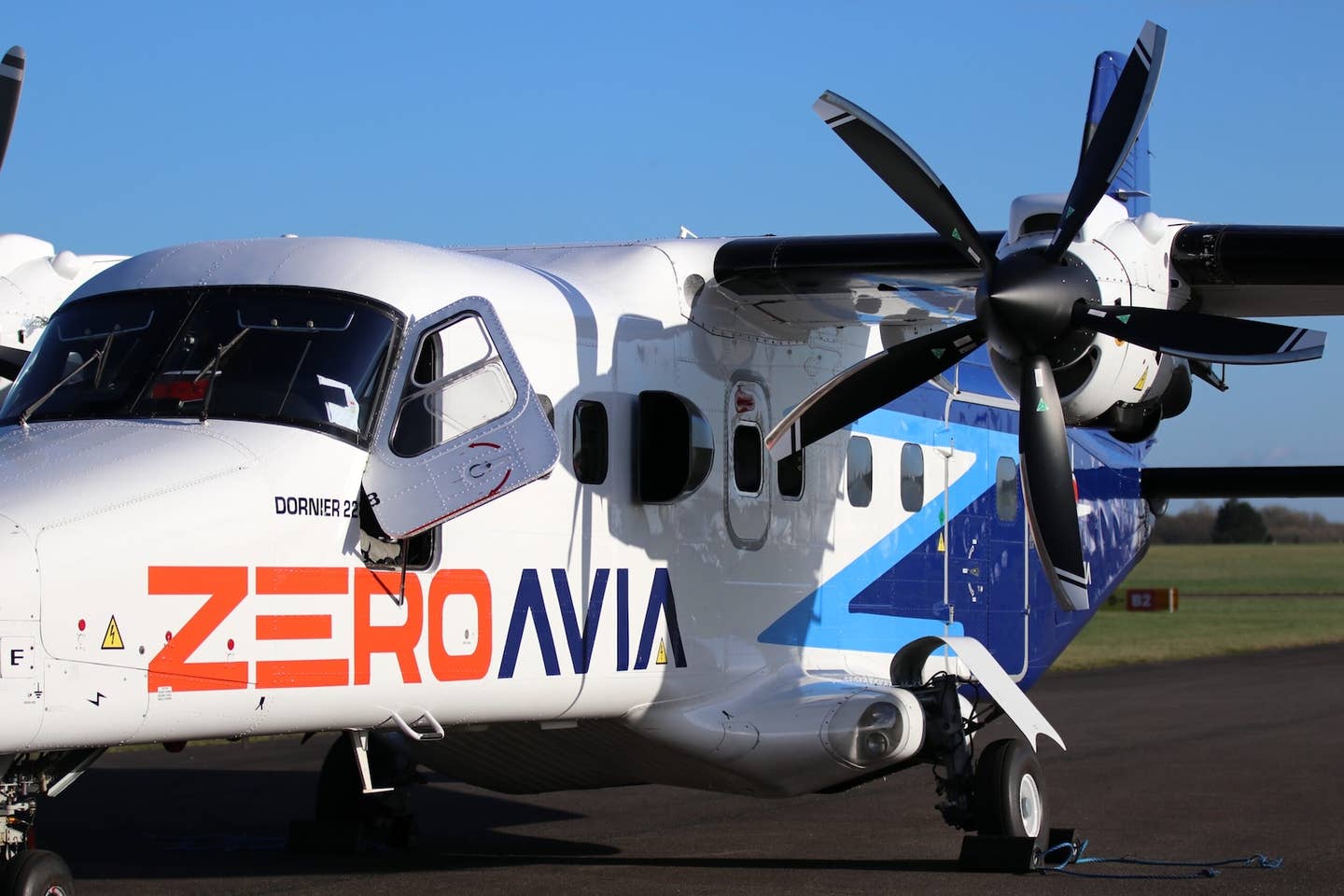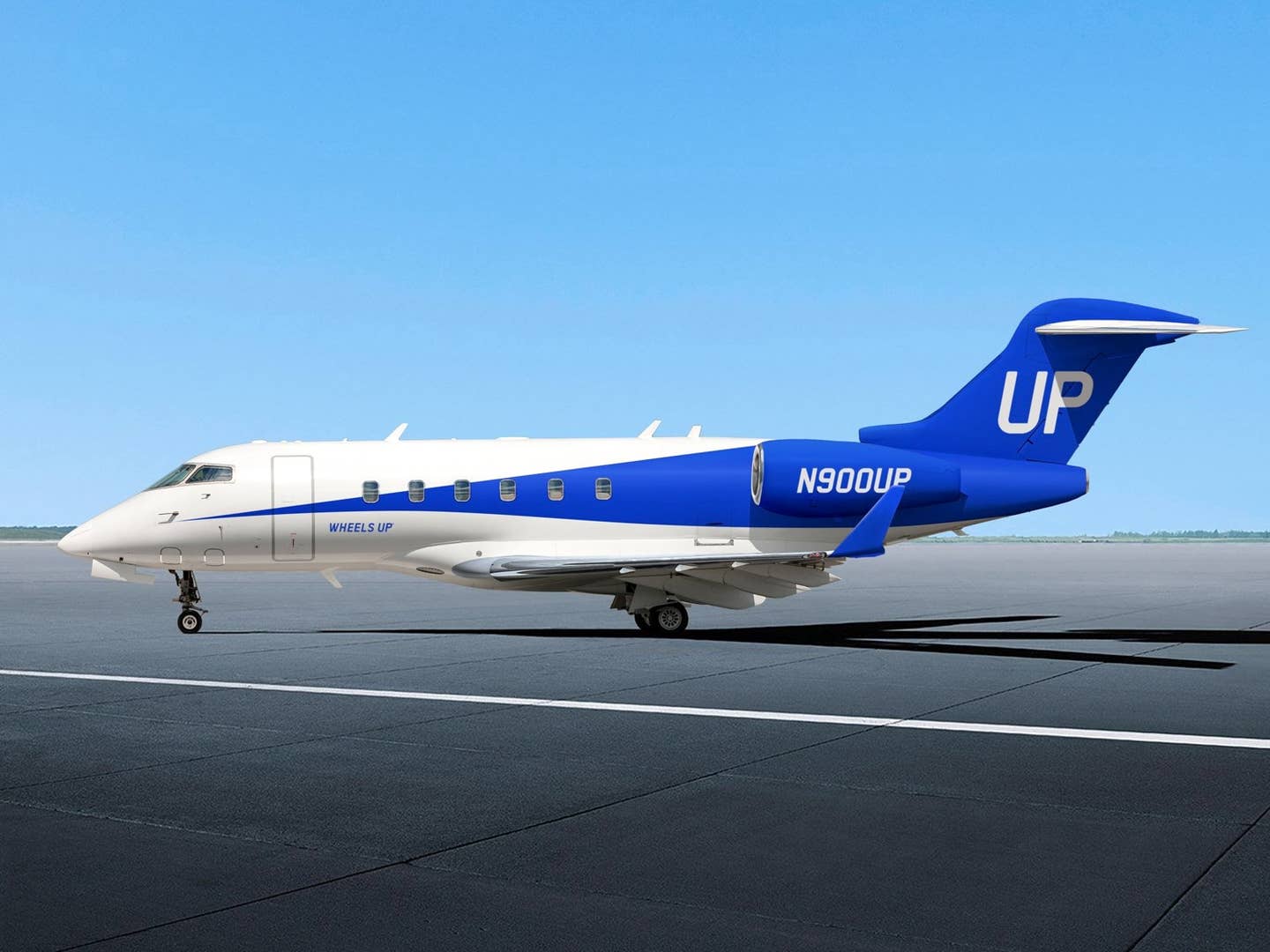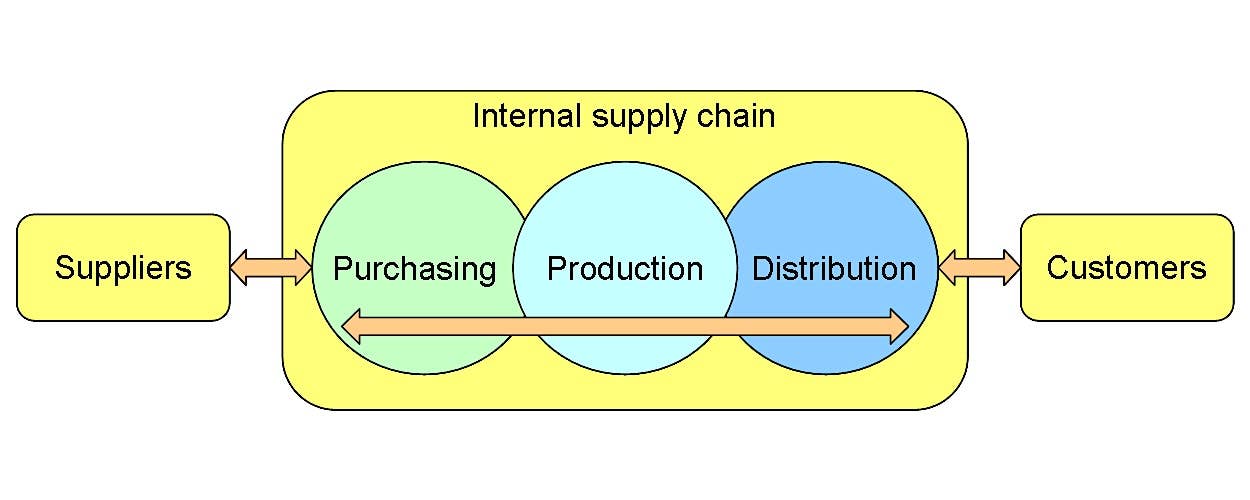Boeing’s Third Quarter Results: Brutal
Reporting a 29 percent drop in revenue in the third quarter along with an operating loss of $466 million, it’s clear the combination of 737 MAX pressures and the global…

Reporting a 29 percent drop in revenue in the third quarter along with an operating loss of $466 million, it’s clear the combination of 737 MAX pressures and the global downturn in airline travel has further impacted Boeing’s bottom line. Boeing announced its third-quarter financials today and, overall this year, the company has hemorrhaged $14 billion in the first three quarters alone, dramatically up from the loss of $226 million over the first three quarters of 2019. And remember that 2019 was also a down year for the manufacturer after an extremely strong 2018. So far this year, Boeing’s commercial division has seen its revenues drop by 54 percent, while its defense and space division has contracted by just 3 percent so far this year.
"The global pandemic continued to add pressure to our business this quarter, and we're aligning to this new reality by closely managing our liquidity and transforming our enterprise to be sharper, more resilient and more sustainable for the long term," said Boeing President and Chief Executive Officer Dave Calhoun. "Our diverse portfolio, including our government services, defense and space programs, continues to provide some stability for us as we adapt and rebuild for the other side of the pandemic. Despite the near-term headwinds, we remain confident in our long term future and are focused on sustaining critical investments in our business and the meaningful actions we are taking to strengthen our safety culture, improve transparency and rebuild trust.”
Calhoun told employees that “our business units and functions are carefully making staffing decisions to prioritize natural attrition and stability in order to limit the impact on our people and our company. We anticipate a workforce of about 130,000 employees by the end of 2021.” Boeing has already decided to consolidate its 787 production in South Carolina, reducing rates to six per month from the current 10. The company anticipates building just two 777 or 777X aircraft per month next year, while it makes five a month now. Both 767 and the remaining 747 production will remain at a low level, while Boeing sees a gradual increase in 737 production to 31 per month by the beginning of 2022.
Boeing expects airline recovery to remain “slow and uneven” and that passenger traffic levels will not return to 2019 levels for around three years, with a resumption of the upward trend seen that year “a few years thereafter.” Boeing plans to cut another 7,000 jobs by the end of next year.
On the 737 MAX, Boeing says, “Following the lead of global regulators, Boeing made steady progress toward the safe return to service of the 737 MAX, including rigorous certification and validation flights conducted by the U.S. Federal Aviation Administration, Transport Canada and the European Union Aviation Safety Agency. The Joint Operational Evaluation Board, featuring civil aviation authorities from the United States, Canada, Brazil, and the European Union, also conducted its evaluations of updated crew training. The 737 MAX has now completed around 1,400 test and check flights and more than 3,000 flight hours as it progresses through the robust and comprehensive certification process.”






